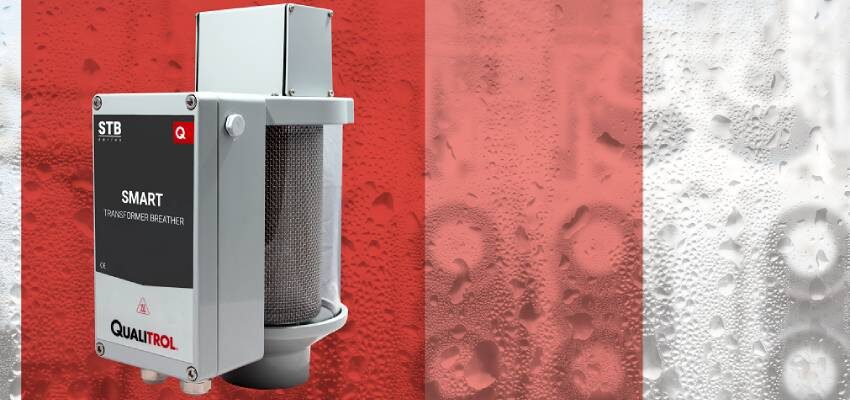
Benefits of smart breathers
The life of the transformer depends on the quality of insulation which depends on temperature and moisture level.
byEmilio Morales Cruz

The moisture in the insulation has a great impact on the life of the insulation and is not usually a consideration in loss-of-life calculations although it is always present in the insulation system
Transformers are one of the key assets and the most expensive equipment in electrical utility companies. The life of the transformer generally depends on the longevity of solid insulation. Of the several factors that determine the life expectancy of solid insulation, those that have the greatest effect are temperature, moisture, and oxidation. The temperature of solid insulation is the primary factor in transformer ageing if moisture in the insulation is at a normal level (≤ 0.5 %). The moisture in the insulation also has a great impact on the life of the insulation and is not usually a consideration in loss-of-life calculations, and it is always present in the insulation system. The rate of thermal ageing of paper is proportional to its moisture content. Ageing calculations are based on ≤ 0.5 % moisture content with a corresponding ageing acceleration factor of one. If the water content of the paper is doubled, its life in terms of mechanical strength is halved. Moisture in solid insulation can also lead to bubble formation because it reduces the bubble evolution temperature and reduces the dielectric strength of the insulation system.
The colour of the silica gel crystals indicates when the silica gel should be replaced, and it is done every 6 – 12 months for traditional breathers
At 0.5 % insulation moisture values, the bubble evolution temperature is above 200 C, well above the 180 C hot spot limit proposed [1]. However, at the insulation moisture value of 1.5 %, the bubble evolution temperature is about 157 C, therefore the hot spot should be limited to the temperature of 150 C to reduce the risk of a failure due to the generation of gas bubbles.
The major contributors to the level of moisture in the insulation system are residual moisture from manufacturing, commissioning and maintenance processes, moisture produced by the ageing of cellulose, and moisture from the atmosphere. This paper discusses reducing moisture ingress from the atmosphere.
Liquid preservation systems limit the exposure of the transformer insulation structure to the atmosphere while allowing thermal expansion and contraction of the liquid due to load and ambient temperature variations. These liquid preservation systems are:
• Sealed tank – A sealed tank system uses a gas space above the insulating liquid level of the main tank to absorb volume fluctuations. The gas space can be static or regulated. When it is static, the gas space is normally initially filled with nitrogen, but if the pressure drops below the maximum negative operating pressure, the atmospheric air is drawn through a pressure-vacuum bleeder valve and into the gas space. A regulated system uses a system in which a positive pressure of inner gas, usually nitrogen, is maintained from a separate source to keep the transformer sealed from the atmosphere. Both systems are normally used in North America.
• Conservator tank – A conservator tank is an auxiliary tank partially filled with the insulating liquid and connected to the completely filled main tank. It uses the gas space above the liquid for volume fluctuations. Conservator tanks can be free breathing or isolated from the atmosphere using a rubber air cell or diaphragm. This system is more used with a rubber air cell or diaphragm for bigger transformers generally. A conservator tank with the free-breathing system is normally used for smaller power transformers outside of North America.







